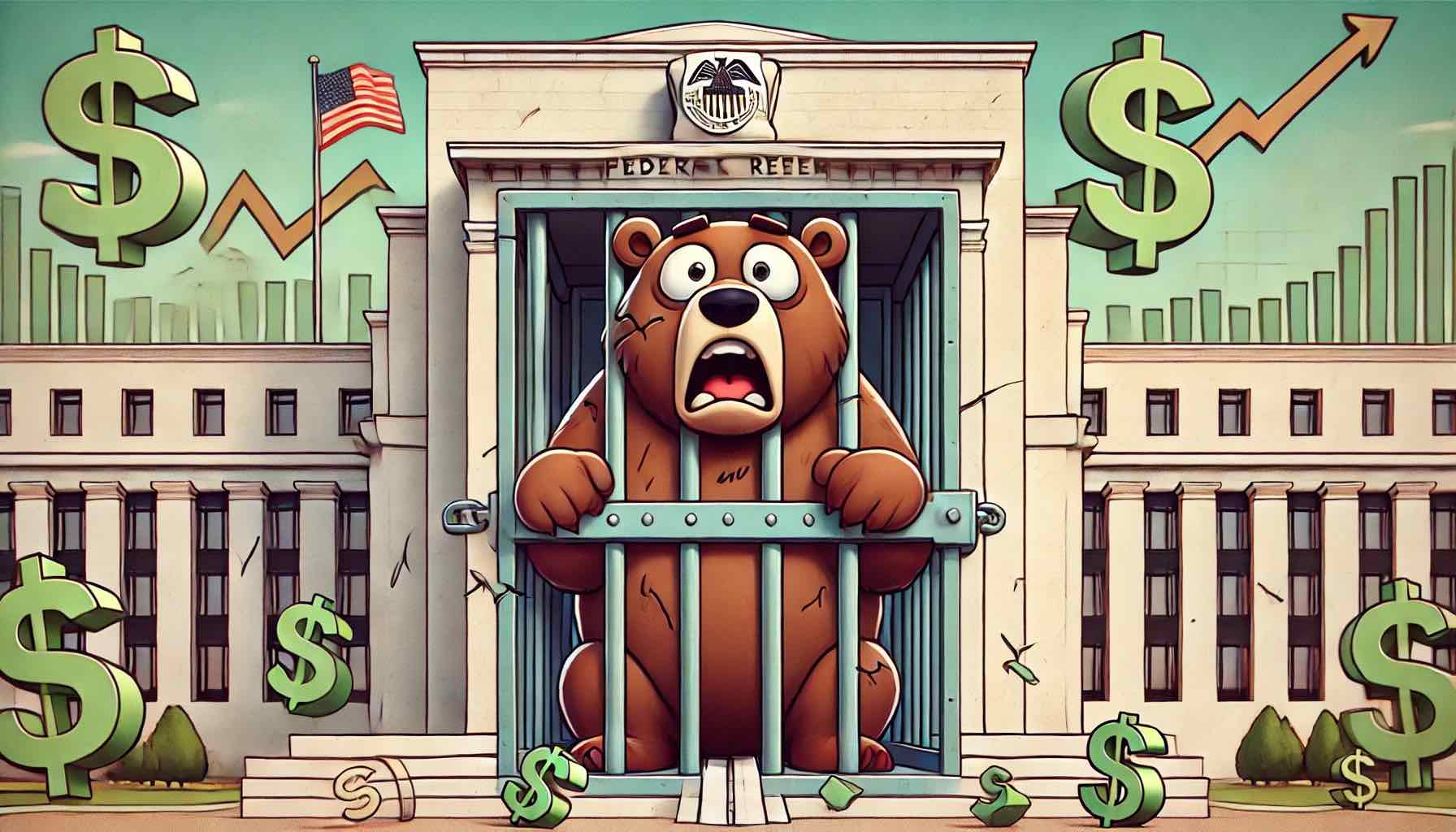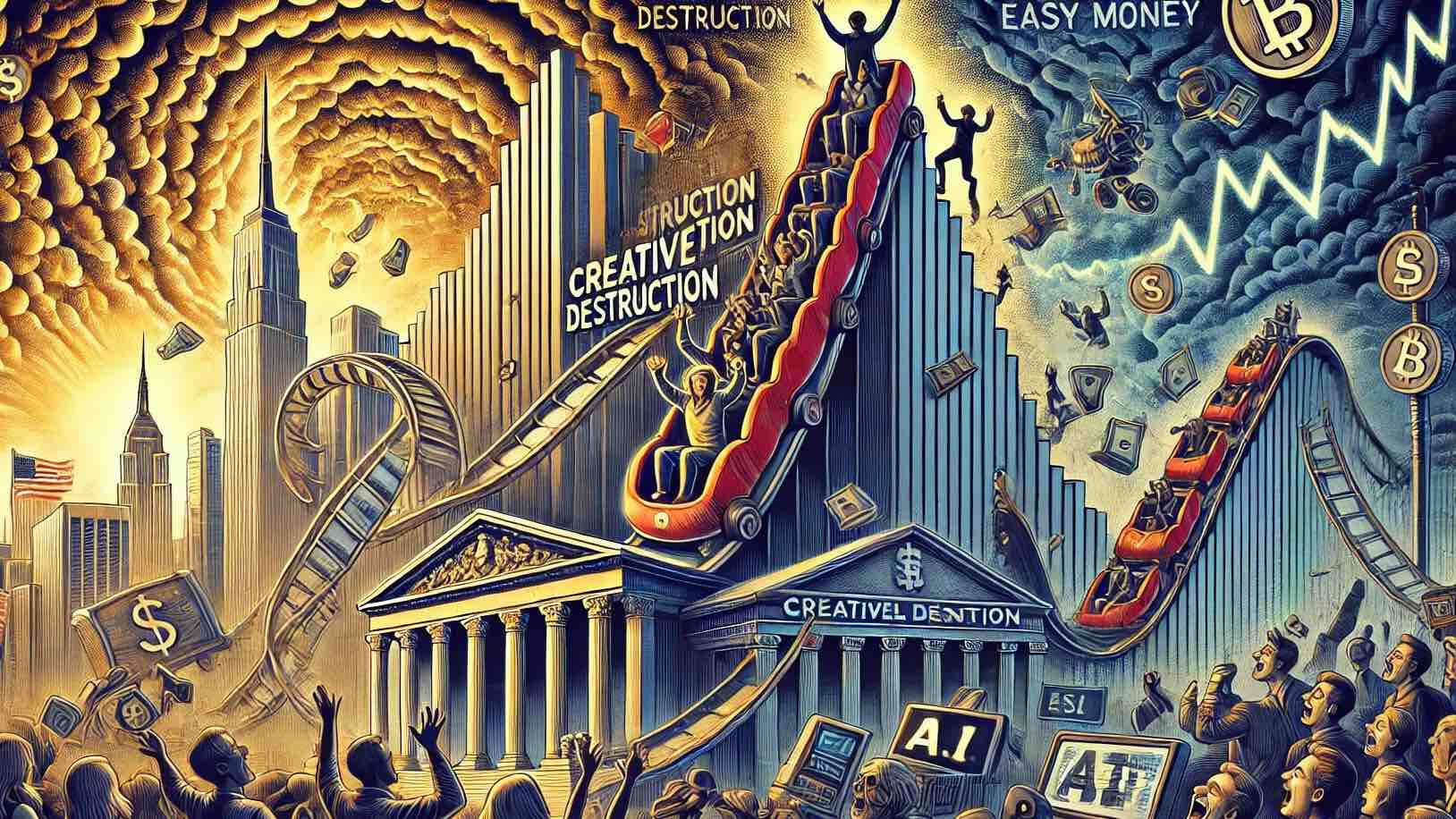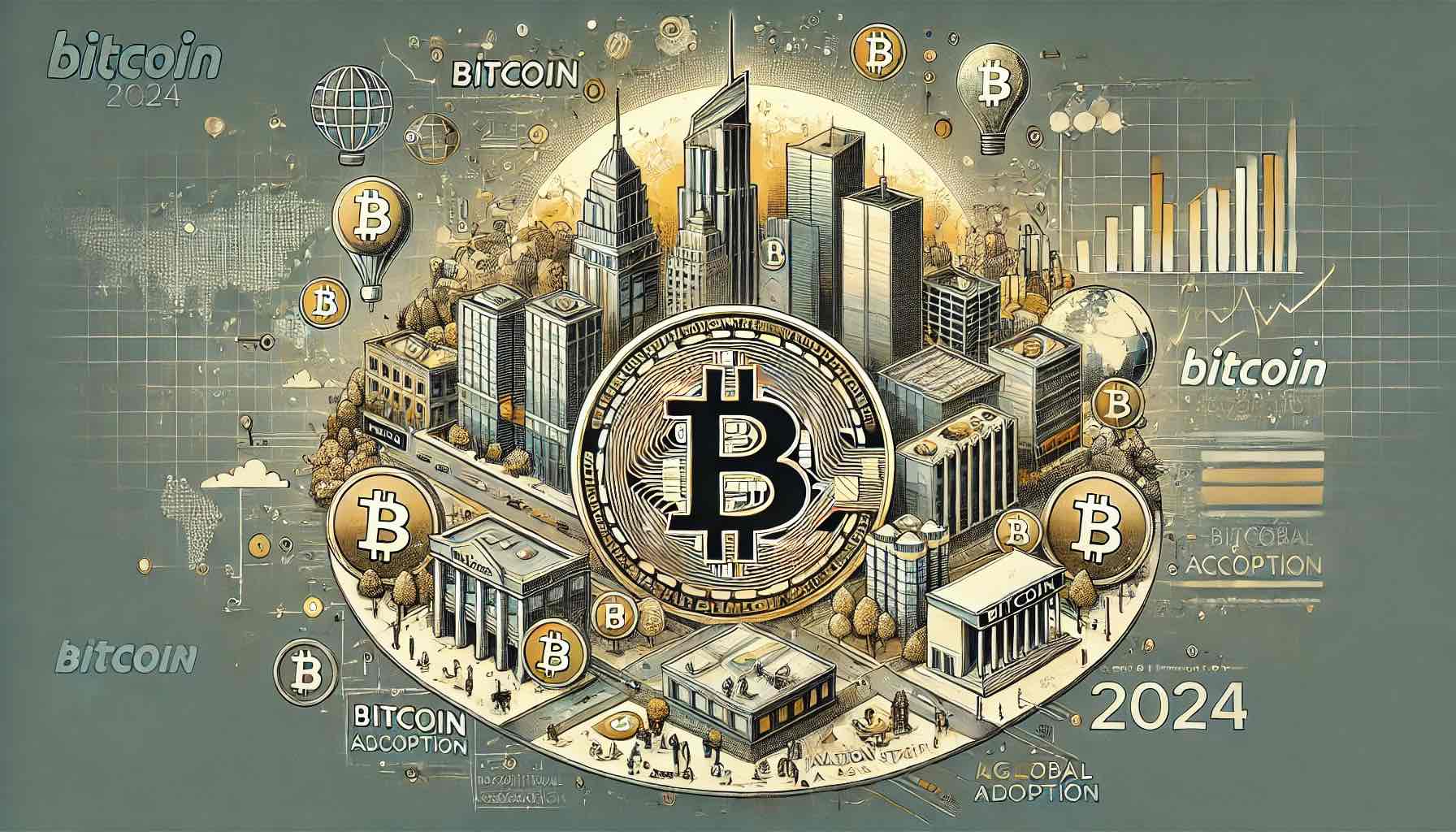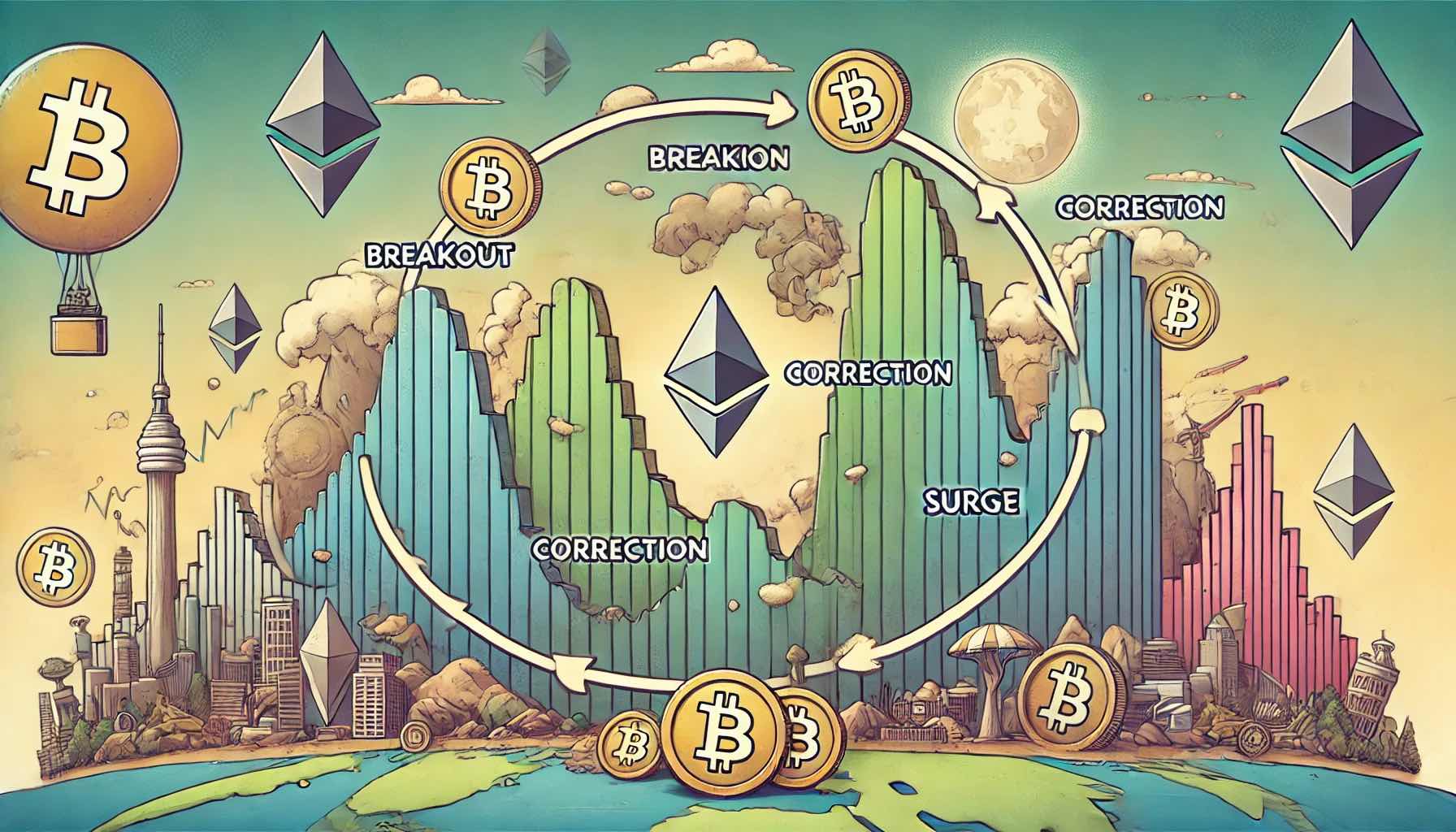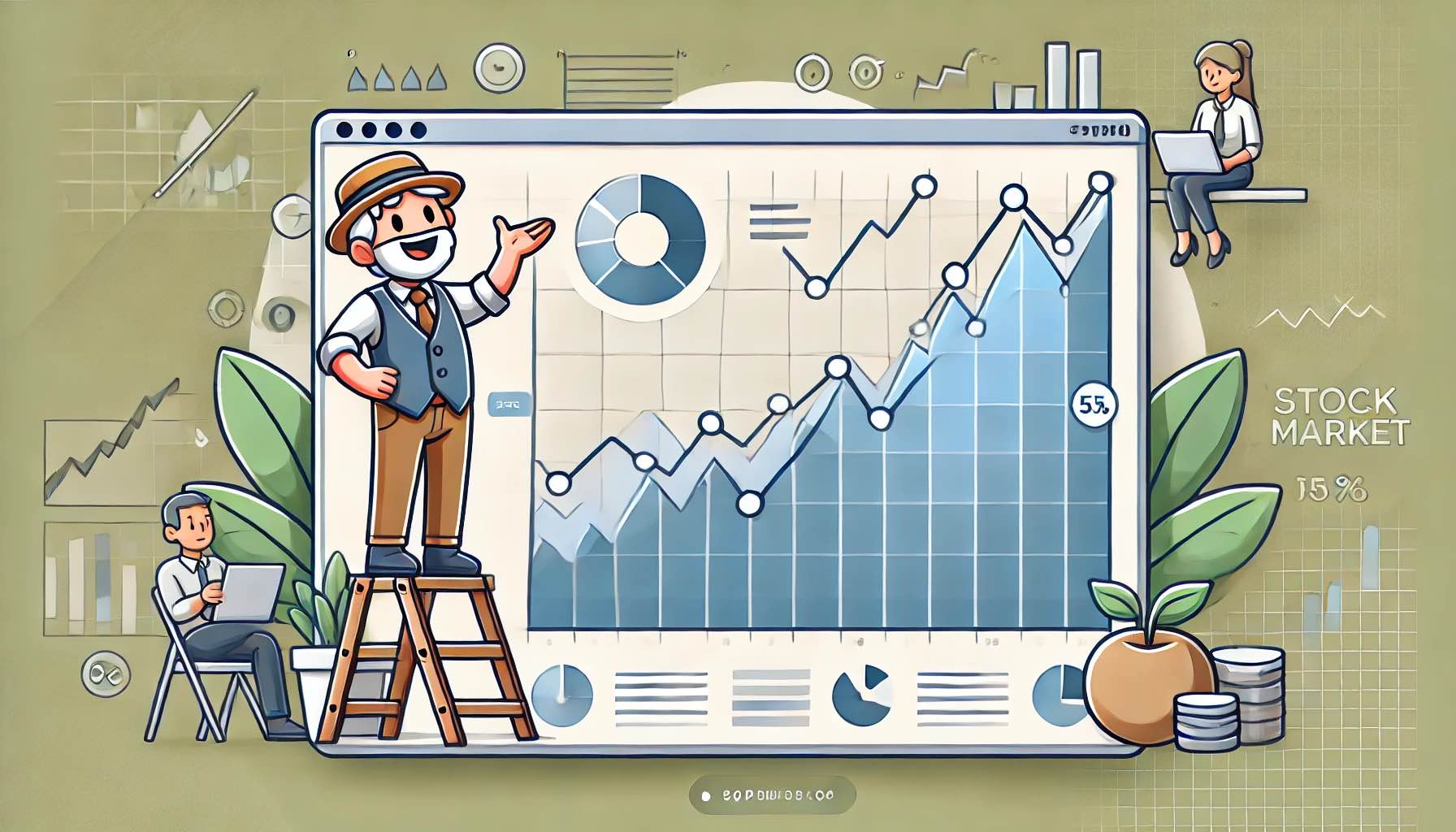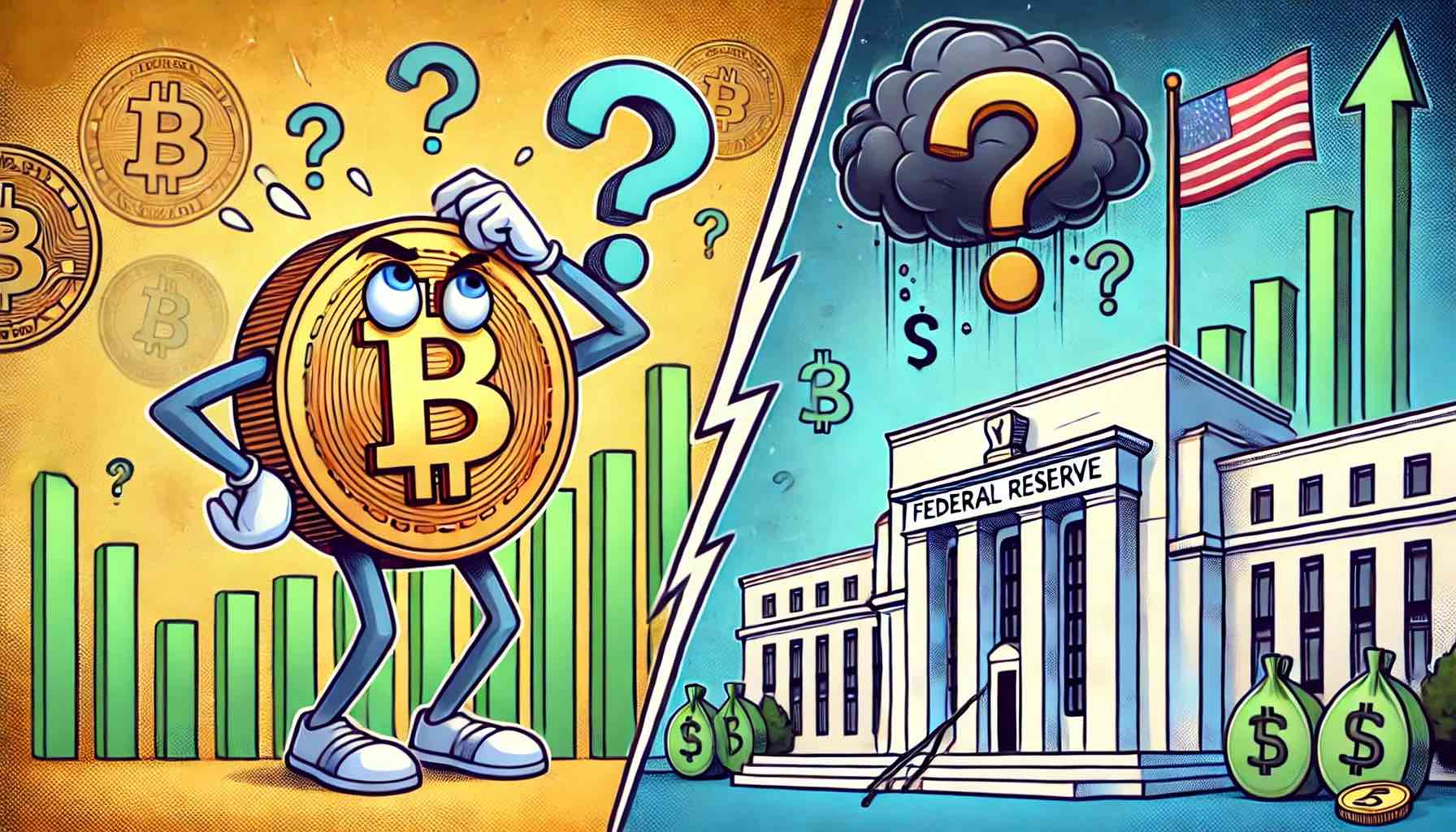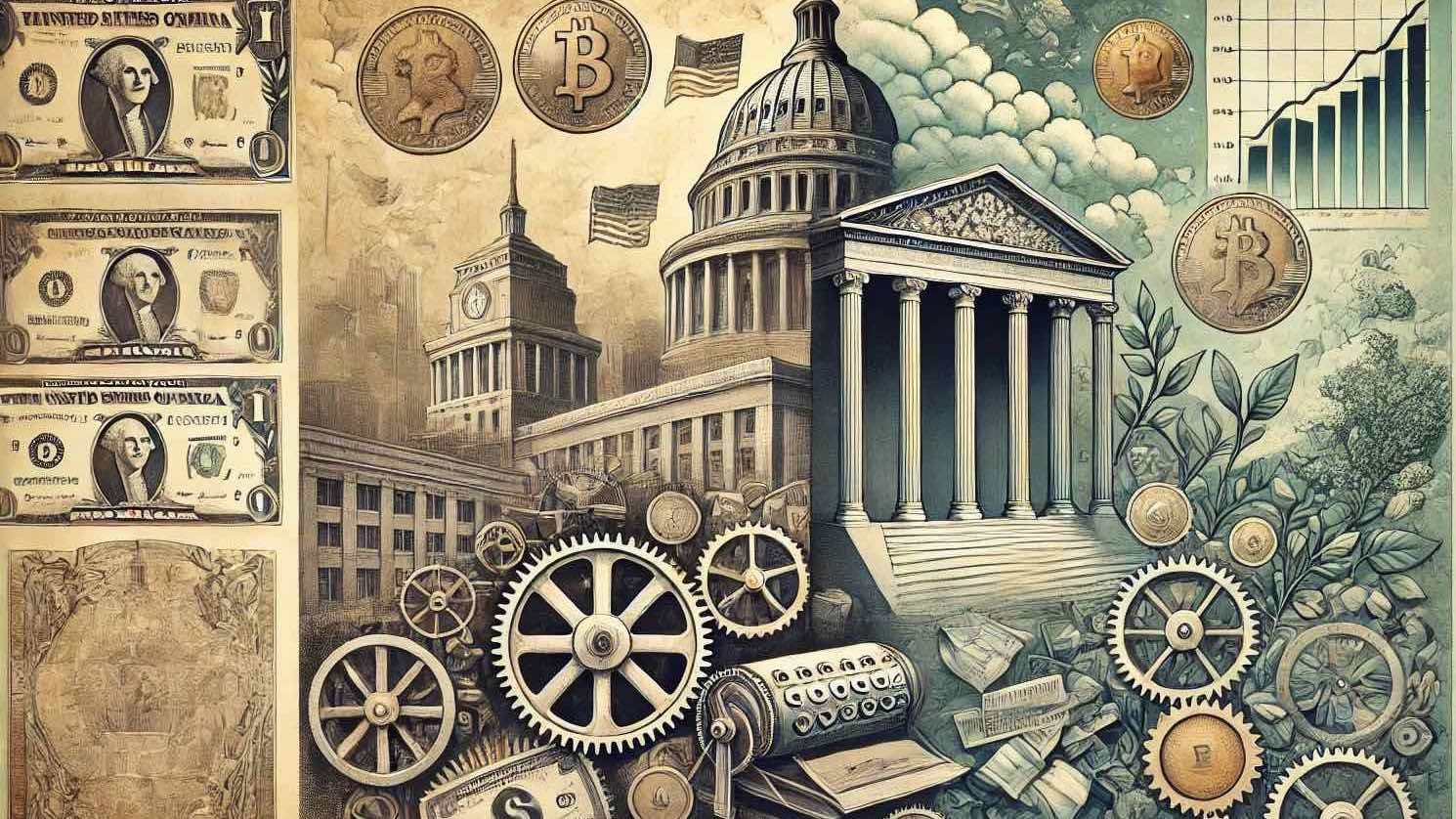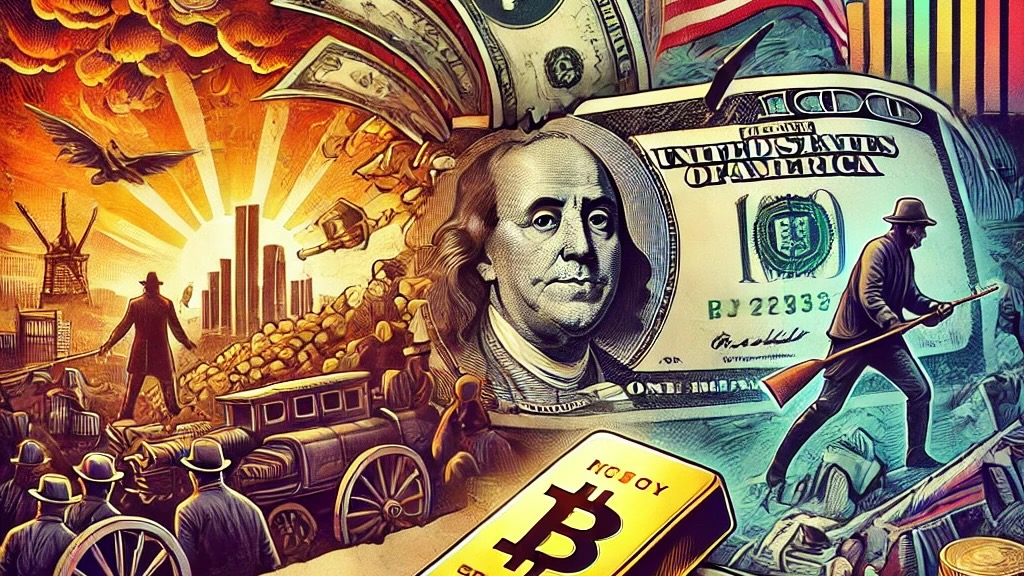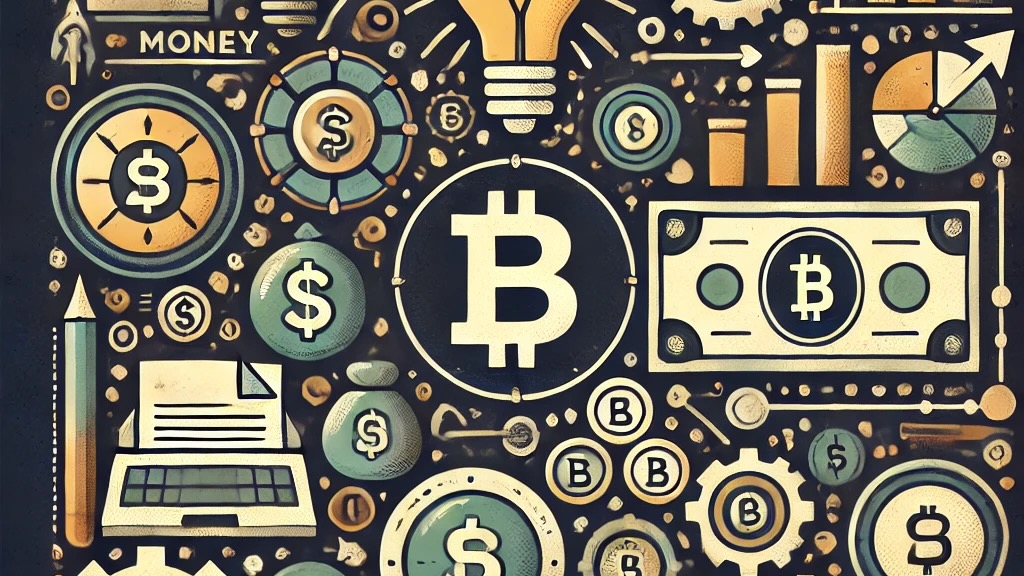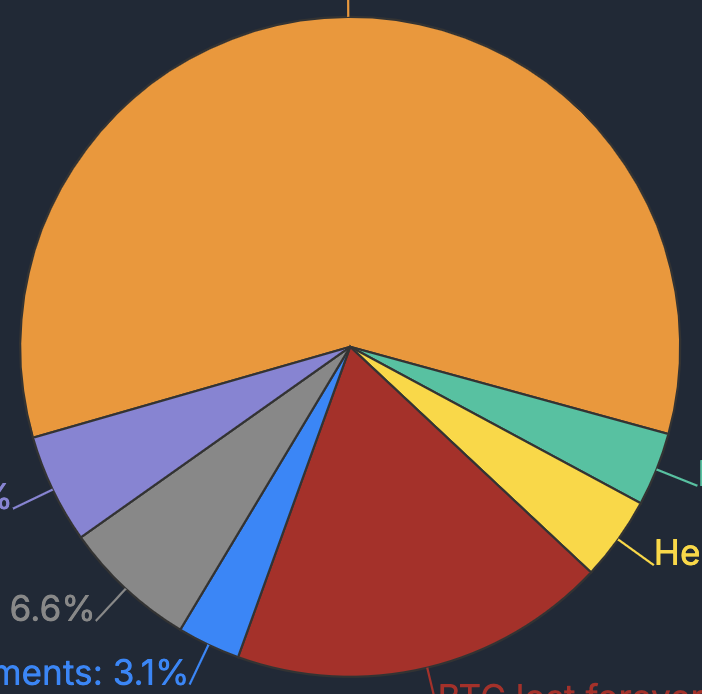The Coming Liquidity Crisis: Why Global Markets Could Face a Major Test in 2025
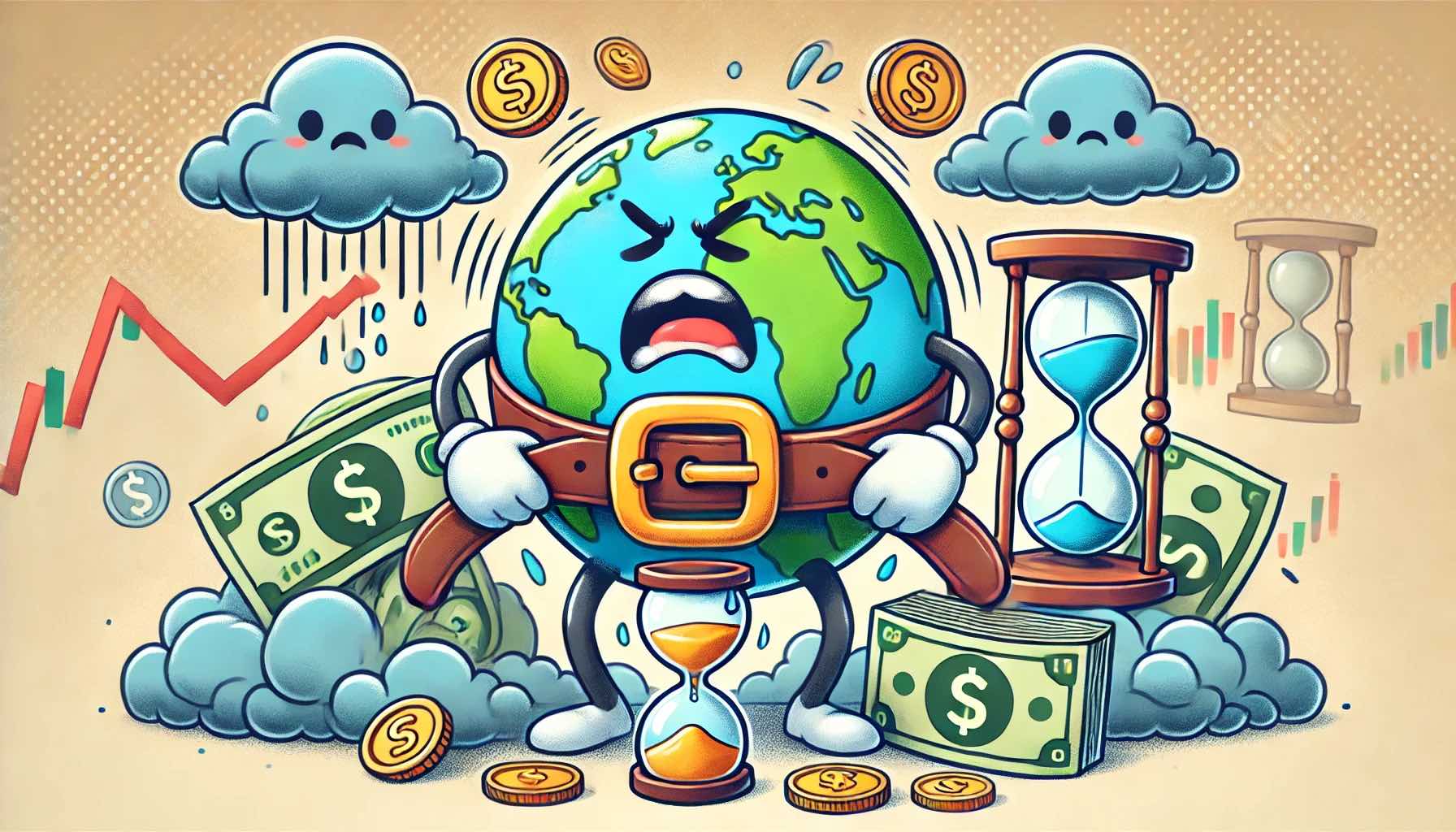
I read a fascinating recent interview with Darius Dale of 42 Macro, where they explored what might be the biggest risk to global markets that nobody's talking about: a potential "refinancing air pocket" that could trigger a major liquidity crisis. Here's why this matters and what it means for investors.
The Dollar Dilemma
First, let's understand the role of the U.S. dollar in global markets. The greenback isn't just America's currency - it's the world's financial operating system:
- 60% of global FX reserves
- 60% of cross-border bank lending
- 70% of international bond markets
- 79% of global trade invoicing
- 88% of foreign exchange transactions
- 99% of stablecoin backing
This dominance means that dollar strength can actually suck liquidity out of the global financial system. When the dollar strengthens significantly, it forces foreign investors to repatriate U.S. dollar assets to service their dollar-denominated debts. We saw this play out in 2022 when an 18% rise in the dollar contributed to significant drawdowns across all asset classes.
The Refinancing Timebomb
But here's where things get really interesting. The U.S. international investment deficit has doubled in just five years, from $10 trillion in 2018 to $20 trillion in 2023. Think about that - a position that took centuries to build doubled in half a decade. This massive influx of foreign capital into U.S. markets creates potential instability if these investors need to suddenly repatriate.
The Scariest Chart in Macro
According to Dale, there's one chart that should keep investors up at night: the global refinancing cycle. This shows the world's total non-financial sector debt growth on a 4.5-year lag (the typical time between debt issuance and refinancing). The chart indicates we're heading into a massive refinancing period from late 2024 through 2025.
Here's the problem: If global liquidity doesn't expand enough to meet these refinancing needs, we could see a major market disruption. Every significant market drawdown since the Global Financial Crisis has occurred during one of these "refinancing air pockets."
The U.S. Treasury Challenge
Making matters worse is the unprecedented U.S. Treasury financing need. Over the next 12 months, markets will need to absorb roughly $11.5 trillion in Treasury debt from:
- $9 trillion in maturing debt that needs refinancing
- $2 trillion in new deficit financing
- Fed balance sheet reduction
This massive supply could drive up yields and strain global financial markets just as we enter the refinancing air pocket.
Can DOGE Save Us?
Some point to Trump's Department of Government Efficiency (DOGE) as a potential solution through spending cuts. However, the math makes significant deficit reduction unlikely:
- 61% of federal spending is essentially untouchable (interest, Medicare, Social Security, defense)
- Adding veterans benefits, Medicaid, and welfare brings it to 90%
- Even eliminating all other spending would only reduce the deficit by 2% of GDP
The Fed's Dilemma
While the Federal Reserve has shown willingness to intervene in markets, Dale emphasizes they are inherently reactive, not proactive. This means markets could see significant drawdowns before any Fed response materializes.
Investment Implications
Despite these longer-term risks, 42 Macro remains bullish for now through their systematic investment approach:
- 60% stocks
- 30% gold
- 10% Bitcoin
This allocation notably excludes bonds, which they view as poor long-term stores of value given expected government balance sheet expansion.
Looking Ahead
The key question isn't whether markets can go higher from here - they clearly can. The question is whether the global financial system can navigate the coming refinancing challenges without a major disruption. The Fed will likely be forced to expand its balance sheet dramatically to prevent a crisis, but timing their response will be critical.
This doesn't mean investors should panic or exit markets now. But understanding these structural risks helps explain why having exposure to hard assets like gold and Bitcoin, alongside traditional equities, may be prudent as we approach what could be a critical juncture for global markets.
What do you think about these refinancing risks? Are you adjusting your portfolio allocation in preparation for 2025? Let us know in the comments below.
Remember: While institutional investors need to think about these macro risks, individual investors often do better following systematic approaches that remove emotion from the equation. As Dale emphasizes, even 42 Macro's own investment decisions are driven by quantitative systems rather than macro views.
Let us know what you think in the comments below.

